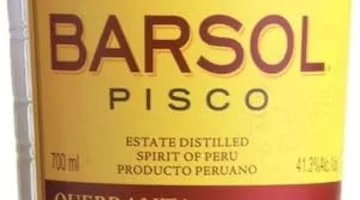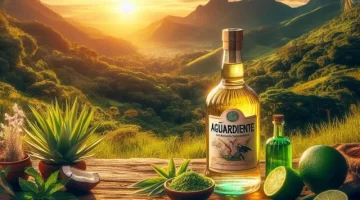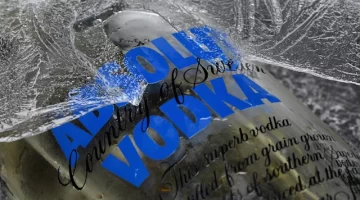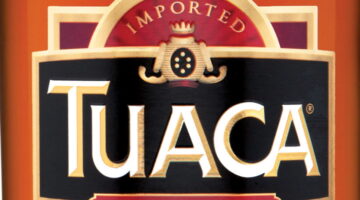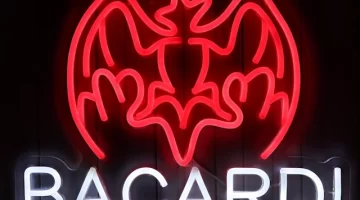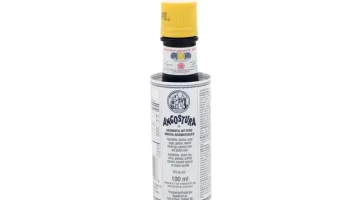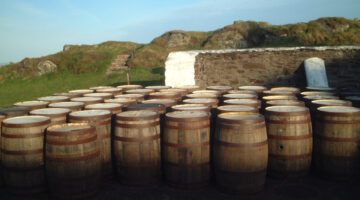Save the Snow Leopard
Travel Distilled talks to Stephen Sparrow whose Snow Leopard Vodka raises funds to help save the endangered snow leopard.

I reviewed Snow Leopard Vodka recently and wanted to know more about it. I love wildlife and really appreciated what the guy behind the vodka, Stephen Sparrow, was trying to do – to help save the endangered snow leopard. Who would not want to help save such a beautiful creature? So I asked Stephen to tell me more about his interest in the snow leopard and how the vodka came about.

I know you have a background in the drinks industry. Could you tell me a little more about that?
Yes, I was the global VP at the Spirits giant Allied Domecq.
When did you get the idea for the vodka?
I’ve always had a passion for the natural world and wildlife conservation (I used to work as a safari guide in East Africa during university and law school summer vacations.) In 2005, I was traveling in the Himalaya and I learnt of the existence of the snow leopard and how endangered they were (there are estimated to be only 5000 remaining in the wild). I wanted to do something to help so combined my business background and love of wildlife together and came up with the idea of creating a quality vodka (made from the rare spelt grain), calling it Snow Leopard and then giving 15% of the brand’s profits to the conservation work of the Snow Leopard Trust.
How long did it take to get it off the ground?
About 9 years!
Why did you choose to work with spelt as the grain?
The tough husk in spelt protects the grain from external pollutants whilst it grows (negating the need for pesticides or fertilizers), as well as retaining nutrients, resulting in a depth of flavor and freshness not found in any other grain. The resulting profile is a rich body of creamy vanilla, nut and peppery spice, with a fresh floral nose and clean, silky smooth finish. It also brings an oily viscosity that makes for a perfect martini, and also allows it to stand out in cocktails. Snow Leopard is the first luxury vodka to be made with this rare spelt grain, which is five times more expensive than winter wheat and rye. It also happened to be the grain Julius Caesar fed his army on!
How much have you raised so far towards your goal?
To date we have raised over $185,000 for the Snow Leopard Trust.
What kind of events have you run to fund-raise, and do you have anything coming up?
We are keen to support events that are aligned with a charitable element where Snow Leopard can also raise awareness for our efforts. We like to use the tagline, ‘Great Vodka for Good’.
Any plans for other products or do you want to focus on the vodka?
The plan is to hopefully one day sell enough Snow Leopard Vodka so that its namesake could survive in the wild. The goal is to raise $1m a year for the Snow Leopard Trust. If we can maintain that for a generation, then that is the step-change to get the snow leopard off the endangered list. Once we’ve secured the long-term business success of Snow Leopard Vodka, I’d like to devote more time to being involved in the entirety of snow leopard conservation work.
Snow Leopard has been rolling out in major markets across the U.S. since its launch in September 2014, and is currently available in New York, DC, Baltimore, Miami, Texas, Houston, Chicago, Los Angeles, San Diego, San Francisco, Seattle, Denver, Phoenix, Portland, and Las Vegas.

Other than buying the vodka, what can people do to help save the snow leopards?
There are many ways that people can help save the snow leopards through supporting the Snow Leopard Trust (the 4 star navigator snow leopard conservation charity which is the leading charity for snow leopard conservation in the wild) from donating directly to them or buying some of their gift products, hand-made by the herder woman in Mongolia. Check out www.snowleopard.org.
Finally – have you ever seen one in the wild?
Yes, I had the super good fortune of seeing a snow leopard in the wild in 2005 in the Tost valley of the South Gobi desert in Mongolia. I was visiting a herder community whose livestock I had helped replace after they had perished in an extremely cold winter front called a Zudt. The researchers and I were made aware of a fresh ibex kill in one of the valleys and when we approached the kill site from the cover of high ridge to our total surprise a snow leopard appeared from a cave we had been standing on top of. It was a remarkable stroke of luck and an incredible experience. I was able to take a photograph, which by all accounts is the closest photograph ever taken of a snow leopard with a hand held camera.
Thank you – I’ll drink to that experience!
